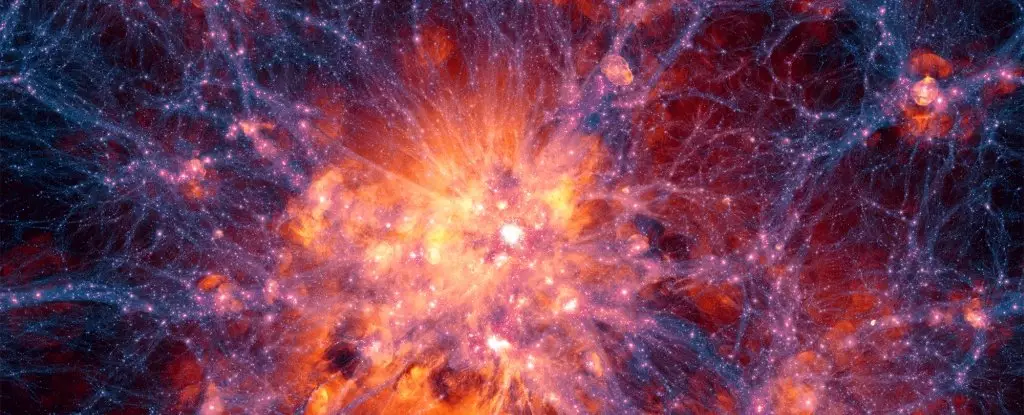The enigma of dark matter is one of the most captivating puzzles in contemporary astrophysics. Despite its significant influence over the cosmos, dark matter remains largely invisible and undetectable through conventional means. Recent innovations in experimental physics have paved the way for technologies that seek to clarify the elusive properties of dark matter. A promising initiative led by physicists at the University of Southampton aims to explore this realm by utilizing the unique conditions of microgravity.
At the forefront of this research is a groundbreaking experiment that leverages microgravity to test the behavior of levitated sheets of graphite. The implications of conducting experiments in a near-weightless environment are profound. In microgravity, external forces that could influence measurements are significantly minimized, providing researchers with a unique opportunity to discern minute anomalies that could suggest the presence or properties of dark matter. This strategy represents a novel approach in dark matter exploration, distinguishing it from previous experiments conducted on Earth.
Tim Fuchs, a physicist involved in the project, emphasizes the fundamental mysteries surrounding dark matter: “It shapes the universe’s architecture yet remains imperceptible to our current instruments.” The regular matter we observe—stars, planets, and cosmic dust—represents a mere fraction of the universe’s mass. To bridge the gap, scientists have postulated the existence of dark matter, which appears to exert gravitational forces in ways that conventional matter cannot account for.
Observations of galactic rotation offer compelling evidence for dark matter’s existence. For instance, the velocity of stars in the outer regions of galaxies often exceeds expected speeds based on the visible mass. Such discrepancies have led researchers to calculate that dark matter constitutes approximately six times more mass than baryonic matter. This stark contrast raises questions about the nature of dark matter and why it eludes detection.
Traditional experiments tend to fall short, often hindered by their terrestrial settings, where factors like atmospheric interference complicate accurate measurement. Fuchs argues, “The very characteristics of dark matter might prevent interactions with matter as we understand it. Our experiment is breaking new ground by moving beyond these limitations, presenting a viable method to potentially register dark matter effects.”
Scheduled for launch in early 2026, the Jovian-1 satellite epitomizes a collaborative effort that extends beyond the University of Southampton. Incorporating designs and experiments from students and researchers at Institutions such as the University of Portsmouth and Surrey University, Jovian-1 is more than just an investigative tool—it’s a testament to aspiring scientists working together across disciplines. The satellite will be compact, roughly the size of a shoebox, containing a suite of experiments carefully designed to address the dark matter conundrum.
Once launched into orbit, Jovian-1 will autonomously release its components, allowing them to collect data for two years. Fuchs elaborates on the innovative experiment: “By levitating graphite using magnets in a microgravity environment, we aim to detect potential dark matter interactions. If a significant density of dark matter exists, it could create a subtle ‘wind’ effect that pushes our levitating particles.”
The potential ramifications of the Jovian-1 mission are vast. Should even a whisper of dark matter be detected, it would revolutionize our understanding of the universe. Conversely, a negative result could be equally telling, refining our existing theories surrounding dark matter and paving the way for future research.
As we delve deeper into the complexities of dark matter and its omnipresence in the universe, experiments like that of Fuchs and his colleagues provide hope. They not only epitomize the relentless pursuit of knowledge that characterizes modern science but also challenge us to rethink the boundaries of what we understand about the cosmos. The upcoming years will be critical in our quest to solve one of the universe’s greatest mysteries, and the academic community is poised in anticipation as we await the outcomes from Jovian-1.


Leave a Reply